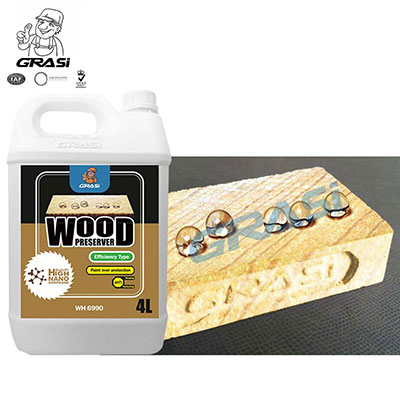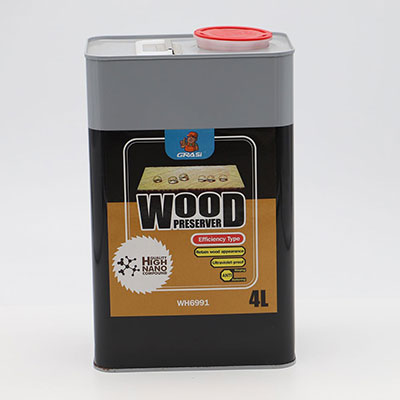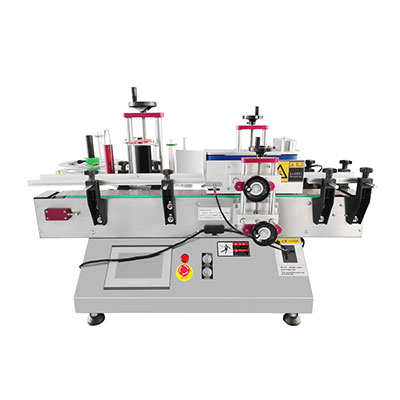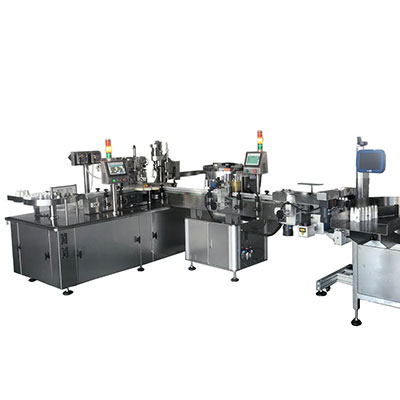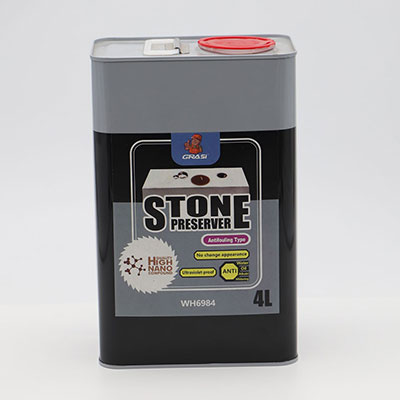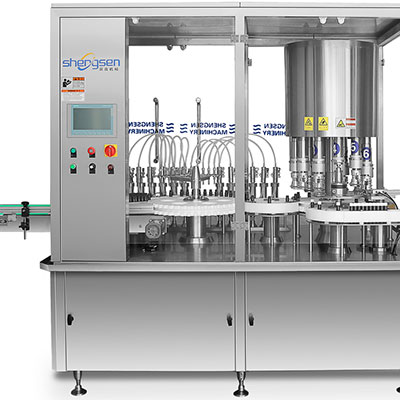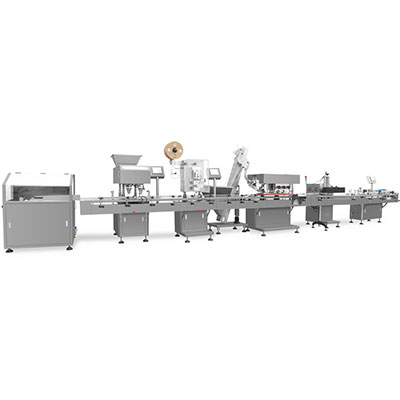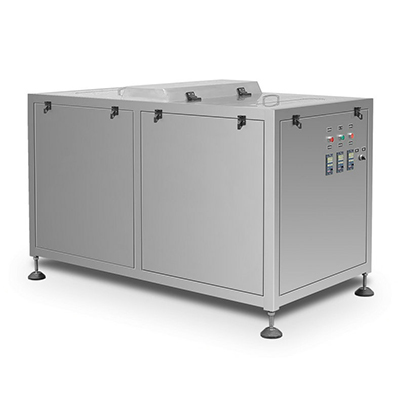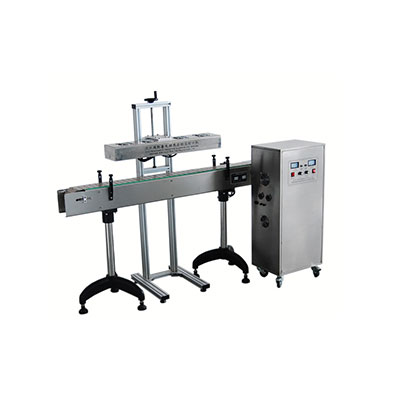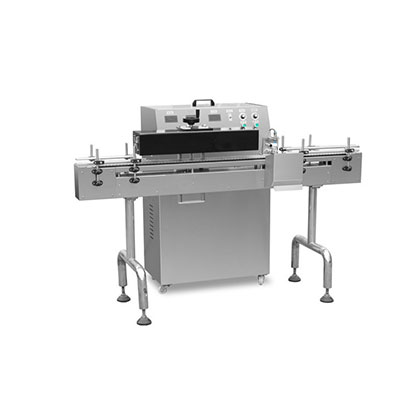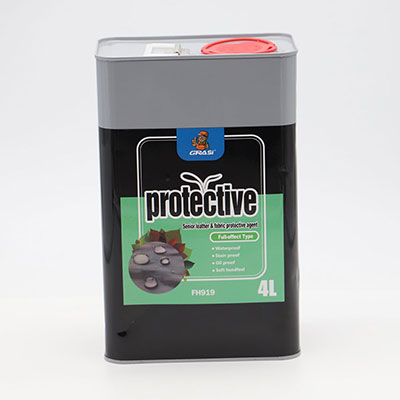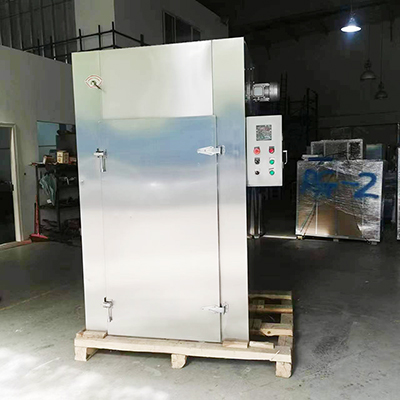Iron-base Ω101 Alloy and Its Characteristics
Alloy Ω101 is a special type of metal with a lower melting point yet it offers high hardness and wear resistance. These features make the material suitable for use as an alloy layer on the surface of a barrel bore, extending the service life of the extruder or injection molding machine in which it is installed. After the standardized centrifugal casting method, we can create iron-base high borides Ω101 alloy with more types of carbides. Its main component is martensite white iron with a hardness rating of HRC 58~64, which is the same as X-102 alloy from Xaloy company in the USA.
The chemical components of the standardized iron-base abrasion-resistant Ω101 is shown below| C | Mn | Si | B | Cr | Ni | Fe |
| 3.0~3.8 | 0.5~1.3 | 0.5~1.3 | 1.5~2.3 | 1.5~2.5 | 4.5~5.5 | Balance |
Physical properties of the standardized iron-base abrasion-resistant Ω101 after standard centrifugal casting process
| Specific Gravity (Mean) | Density (Pound / Cubic foot) | Tensile strength (бb) | Breaking Strain (εfB) | Melting Point Range | Thermal Expansion Coefficient | Thermal Conductivity (BTU/H/ (Inch0F) | Modulus of elasticity ( kgf / mm ) |
| 7.40~ 7.70 | 0.274~ 0.30 | ≥50000 Pound / Inch2 | 0.30% | 2020 oF~ 2060 oF | 5.57x10-6 / oF | 17.5 | 18600 |
Pearlite in steel base
Interlocked pearlite
Carbides in hypoeutectic
Why using the alloy Ω101?
As image 4 shows, regarding the extruders or injection molding machines, the barrel and screw will mainly suffer two kinds of wear, one is called contact wear, and another is shear wear. Because the screw is installed in the barrel’s inner bore with a cantilever structure, the screw surface will grind the barrel inner bore’s wall harshly. The faster the screw is rolling, the heavier the abrasion. If we use the same material for making barrels and screws, the contact wear will be even worse. Numerous experimental and practical experience in the last thirty years prove that compared with other alloys, the martensite white iron shows the least contact wear, especially for the nitrided screw or the high speed steel screw. All the circumstances are getting better since we introduced the Ω101 alloy in 2008.

Links:https://www.globefindpro.com/products/11631.html
-
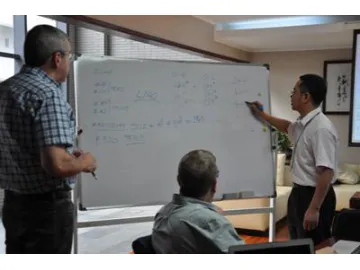 Developing Ability
Developing Ability
-
 Osram Lighting
Osram Lighting
-
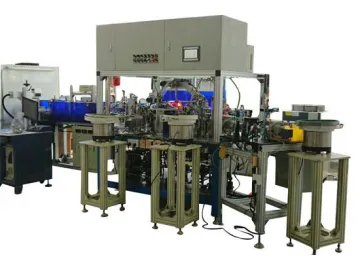 Foshan Lighting
Foshan Lighting
-
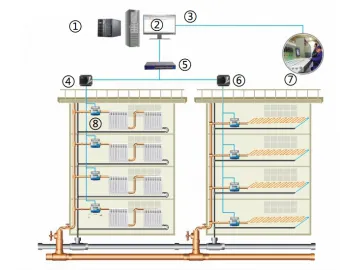 Household Heating Billing System
Household Heating Billing System
-
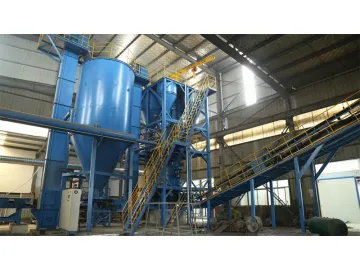 Sand Casting
Sand Casting
-
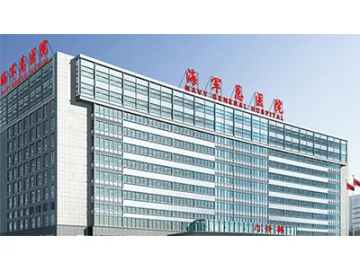 Hospital Heat Meter
Hospital Heat Meter
-
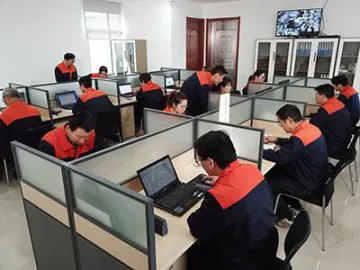 Mold Engineering
Mold Engineering
-
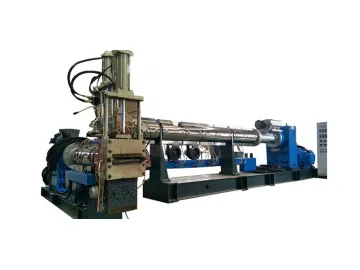 Plastic Recycling Extrusion and Pelleting System, Specifically for PE/PP Films
Plastic Recycling Extrusion and Pelleting System, Specifically for PE/PP Films
-
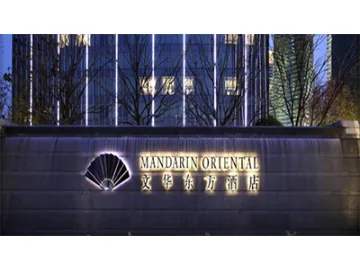 Hotel Energy Meter
Hotel Energy Meter
-
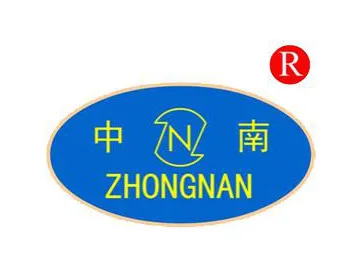 Raw Materials
Raw Materials
-
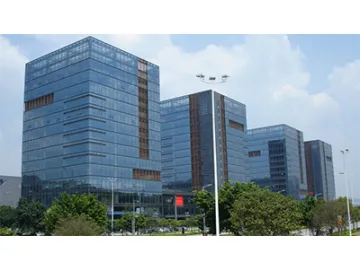 Office Building Electricity Meter
Office Building Electricity Meter
-
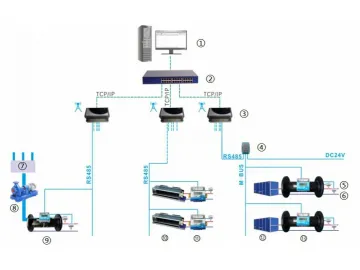 Energy Metering System
Energy Metering System
